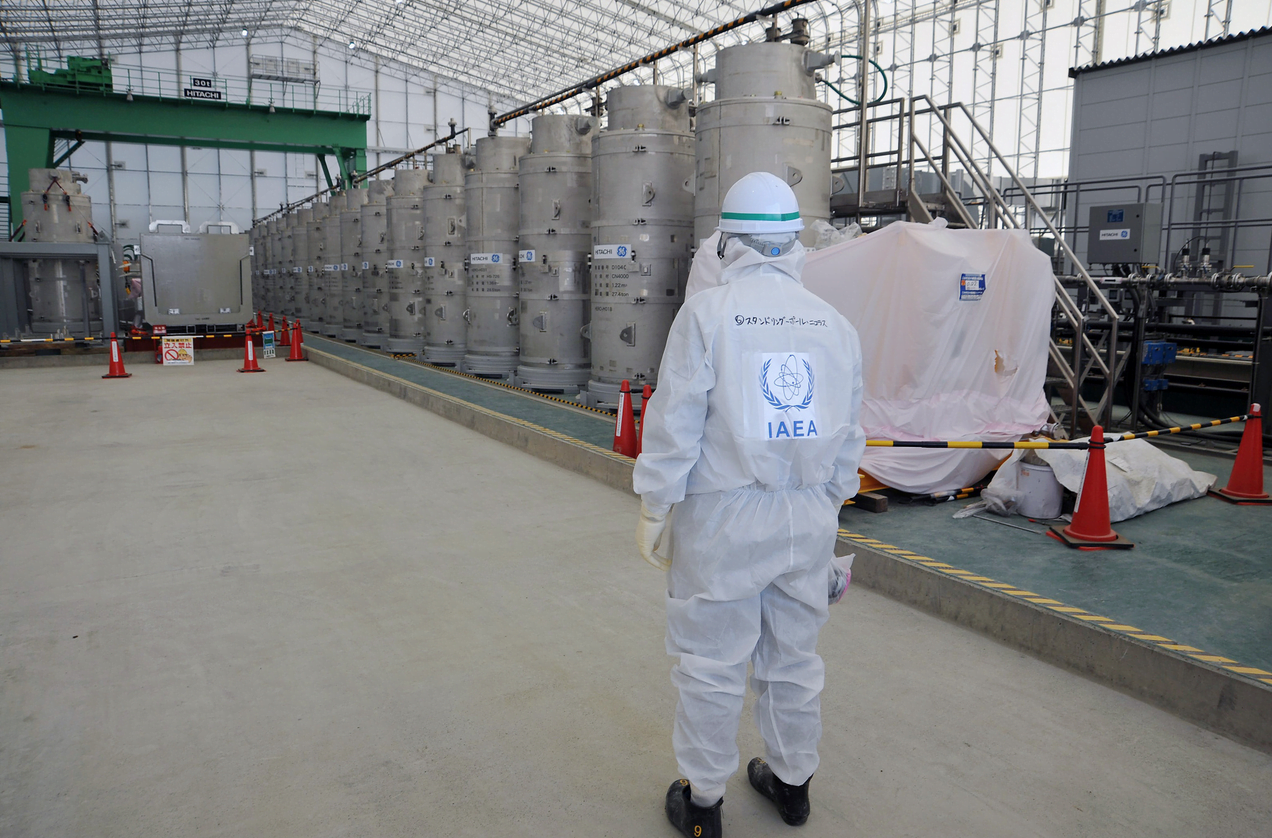An Iran nuclear deal has been struck. It’s a highly technical agreement that asks a great deal from the United Nations–specifically from the International Atomic Energy Agency. If the IAEA is able to verify compliance, sanctions will be lifted. If the IAEA is blocked, or detects cheating, the sanctions will snap back into place.
In other words, one of the most consequential international diplomatic breakthrough in the middle east in the last thirty years hinges on a United Nations agency. (And a relatively small one, too. It’s total budget is less than $350 million!)
So what is the IAEA? How do its international nuclear inspections work? Can governments cheat? And what might a robust inspection regime in Iran look like on the ground?
To answer these questions and more, I spoke with Dr. Thomas Shea, a retired IAEA nuclear inspector. We spoke in April, just as a preliminary deal between Iran and the P5+1 was being finalized. Dr. Shea puts the inspections in Iran in the broader context of the IAEA’s history of working on behalf of international peace and security.
This episode gives you an excellent perspective of how these inspections actually work and I thought this would be an opportune time to repost it.
Like what you hear? Subscribe on iTunes or get the app.
